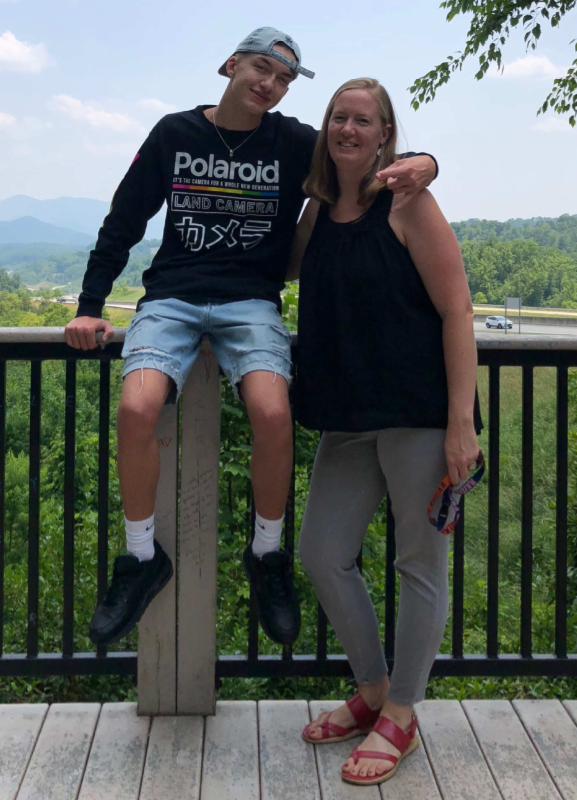
Transitions
Creating a Life Plan
Creating a life plan for your child might seem like a huge undertaking, but you can start small and use tools that will help make this process more streamlined and organized. Make sure to include all the people who are currently in your child’s life, make them a part of the plan and, most importantly, ask your child about their goals and visions for their future.
Person Centered Planning (PCP)

PCP is a way of helping individuals with disabilities to think about what they want now and in the future. It is a process where a group of people, including family, friends, and people who work with the individual who has a disability, come together to help identify life goals and create a plan to reach them. It is a collection of tools and approaches where planning is done with the individual who has a disability and not for them. Some of the tools used in PCP are PATH, MAPS, and Solution Circles.
GaDOE-P2P Fact Sheet – Person Centered Planning (Spanish, Arabic, Chinese, Vietnamese, Korean, Japanese)
Parent Transition Survey (Spanish)
PEATC – WAZE to Adulthood Fact Sheets
Being Involved in Person-Centered Planning for Students and Young Adults with Disabilities in Foster, Kinship, or Adoptive Families
Person-Centered Planning – Parent Fact Sheet (Spanish)
Person-Centered Planning – Youth Factsheet (Spanish)
Person-Centered Planning Fact Sheet – Youth (Visual) (Spanish)
Sample Plans:
PATH
The PATH starts with the dream and works backwards. Where do I want to be in 10 years? One year? What do I need to do now to prepare myself? A facilitator and a recorder guide you, your family, and other people of your choice through a creative, graphic planning process during which you identify your dreams, set goals and plan for how, with help from your circle, you will achieve those goals. An Action Plan is developed with specific steps to be taken on your plan. See the Information Sheet about the PATH Process. (Spanish)
Making Action Plans – MAPS
This is a planning process for people and organizations that begins with a story – the history. The focus person’s dream future is identified and a nightmare future (what the person with disability would hate to happen). MAPS require two skilled facilitators. Read More about MAPS
Solution Circles
This is a short and powerful tool that takes no more than a half hour. About 5-9 people is the ideal number to have for a Solution Circle. There are clear rules that all participants must follow and a total of four main steps. Read More about Solution Circles
Peter’s Transition Story

My son Peter towers over me at 15 years old. The 6 foot 2 inch teenager is all charm and good looks. He played soccer, basketball, and wrestling through childhood, climbed mountains, jumped creeks, and slid down waterfalls. But he never conquered school. With ADHD and a Specific Learning Disability he struggled with all the paperwork, tests, agendas, and study guides. He also wrestled himself to get his emotional ability and impulses under control. Read More of Peter’s Story.